So we all know where Sicily is, right?! It’s the island at the toe of Italy’s boot. The island is in the heart of the Mediterranean and is a crossroad of cultures as it has been ruled by the Greeks, Romans, Vandals, Vikings, Normans, and on and on. And it is blessed with breathtaking beauty.
In the last decade, quality wine production in Sicily has increased by leaps and bounds putting the Wines of Sicily squarely back in the conversation. While wine has been made for millennia on the island, today’s producers are no longer content with making bulk wines, and instead are focused on making quality wines on a smaller scale which are representative of their terroir. With more than 50 indigenous grape varieties and varied microclimates on the island, the island is a wonder in biodiversity. And while all of these do not make it off the island, more and more have been cropping up on store shelves. What’s even better is the emphasis on sustainability not to mention that these wines often come at quite a bargain. Here are a few to get you started on your Sicilian wine journey.
Grecanico
Made as both a single variety wine and as a component in blends of local and/or international varieties, Grenaico has recently been found to have identical DNA to Italy’s Garganega which produces Soave in Italy’s Veneto region. The grape produces wines that are high acid, tangy, with citrus notes and is often compared to Sauvignon Blanc.
I had the 2015 Planeta La Segreta* ($13) which was a blend of 50% Grecanico, 30% Chardonnay, 10% Viognier, and 10% Fiano.
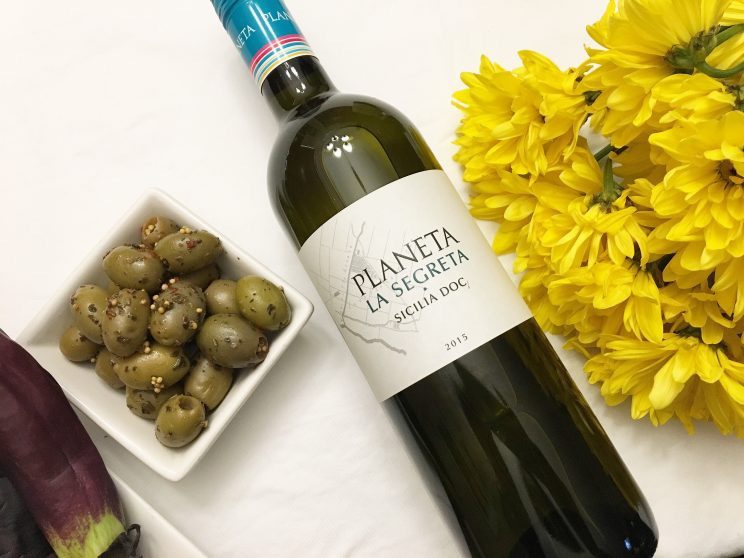 The Planeta family is one of the more well-known producers and has been growing grapes in Sicily for more than 300 years. The wine was lean with bracing acidity with lots of citrus zest. Given how warm Sicily is, the level of acidity was quite surprising. The nose had a hint of tropical fruit but tasting it was all lemon-lime, green apple with a touch of roundness. This was sublime with ceviche.
The Planeta family is one of the more well-known producers and has been growing grapes in Sicily for more than 300 years. The wine was lean with bracing acidity with lots of citrus zest. Given how warm Sicily is, the level of acidity was quite surprising. The nose had a hint of tropical fruit but tasting it was all lemon-lime, green apple with a touch of roundness. This was sublime with ceviche.
 Grillo
Grillo
One of the best known white varieties, Grillo offers up both light-bodied, crisp, fresh wines as well as a more fuller-bodied, complex wines when its sees some lees (that’s skin to you) contact. On the whole, the wines exhibit citrus, apple, spice, and floral aromas. It can be an excellent alternative to Chardonnay. Lighter versions pair well with shrimp, scallops, and sushi while fuller versions sing with heartier fish such as swordfish and seafood pasta.
I tried the 2014 Vino Lauria Grillo Giardinello ($19).
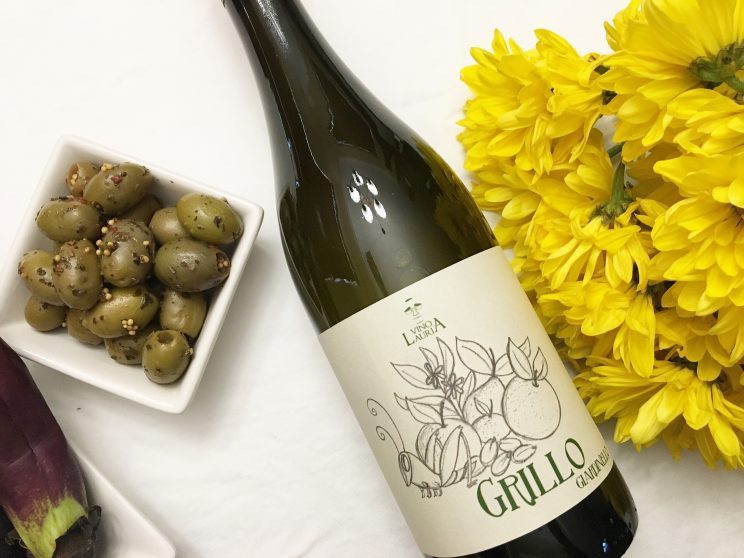 This one also has racy acidity with lots of herbaceous qualities including grass and asparagus and almost had a salty quality to it. Have it with French fries. #DontJudgeMe. While I don’t eat them, I also imagine this pairs nicely with fried sardines.
This one also has racy acidity with lots of herbaceous qualities including grass and asparagus and almost had a salty quality to it. Have it with French fries. #DontJudgeMe. While I don’t eat them, I also imagine this pairs nicely with fried sardines.
Etna Rosso aka Nerello Mascalese & Nerello Cappuccio
Emerging as one of the most exciting regions of Sicily, the Etna region sits on Mount Etna which is an active, sometimes erupting volcano. And yet, people grow grapes and make wine there – at 3,500 feet. So it’s like having a volcano in your glass. That altitude along with the area’s nutrient-rich volcanic soils (excellent for grape growing) have winemakers scrambling to acquire land for vineyards. Etna Rosso wines are blended wines and must have a minimum of 80% Nerello Mascalese and a maximum of 20% Nerello Cappuccio. Both of these are little known indigenous varieties of Sicily.
I had the 2013 Valenti Norma Edna Rosso ($19).
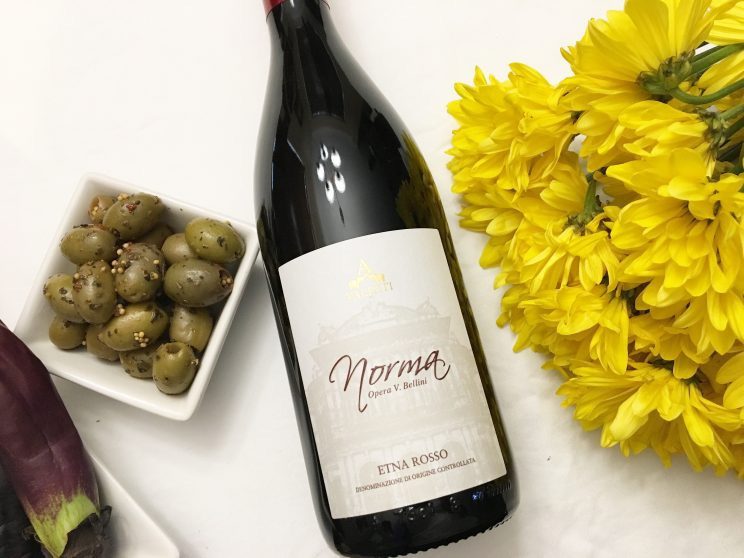 I could just stick my nose in this all day. Quite light bodied and elegant, this one had aromas of stewed cherries, baking spice, red fruit preserves, as well a bit of earth. It was somewhat reminiscent of Pinot Noir and at times Barolo. The wine was almost a study in contrasts – tannic, with significant acidity yet also fragrant and elegant. I’m intrigued and I’m in. This was fantastic with glazed salmon.
I could just stick my nose in this all day. Quite light bodied and elegant, this one had aromas of stewed cherries, baking spice, red fruit preserves, as well a bit of earth. It was somewhat reminiscent of Pinot Noir and at times Barolo. The wine was almost a study in contrasts – tannic, with significant acidity yet also fragrant and elegant. I’m intrigued and I’m in. This was fantastic with glazed salmon.
 Nero d’Avola
Nero d’Avola
Probably the island’s best known grape, Nero d’Avola can be anywhere from full-bodied with bold red fruit to more nuanced with earthy and spicy notes. Sicily’s multiple microclimates translate to wines with varying characteristics even though produced from the same grape. Overall, the wines are known for ripe red fruit, marked acidity, and fine tannins and pair nicely with a wide variety of foods including roasted meats and veggies. Many see it as an alternative to Cabernet Sauvignon but the smooth, fine tannins are also reminiscent of Merlot.
I had the 2015 MandraRossa 2014 Costa Dune Nero d’Avola* ($10).
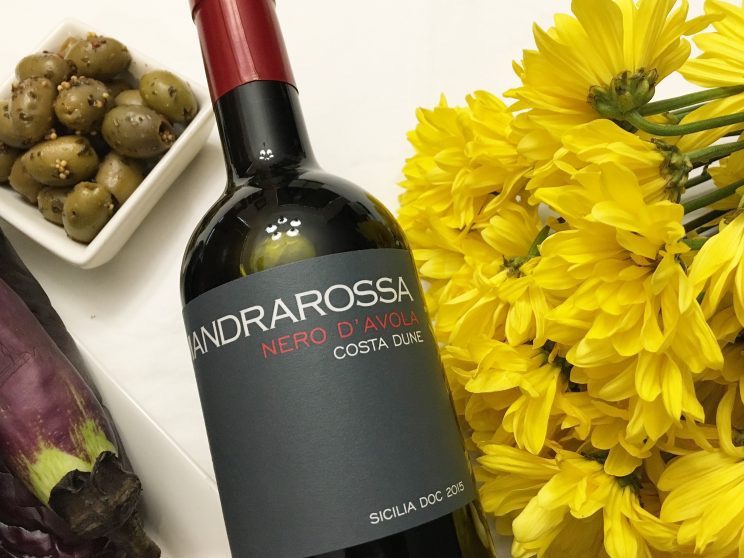 And I’ll throw it out there that I am in love with Nero. Ripe red strawberry and black cherry fruit, well integrated tannins, well balanced, and medium bodied. This one is just so smooth and easy to sit and drink on its own. It’s hard to go wrong.
And I’ll throw it out there that I am in love with Nero. Ripe red strawberry and black cherry fruit, well integrated tannins, well balanced, and medium bodied. This one is just so smooth and easy to sit and drink on its own. It’s hard to go wrong.
Frappato
Frappato is a red grape native to eastern Sicily that produces more simple, easy drinking wines with fresh red fruit flavors and light tannins. Perfect as a refreshing summer red. It is also sometimes blended with Nero d’Avola to produce Cerasuolo di Vittoria, which is Sicily’s lone DOCG.
I tasted the 2013 Vino Lauria Frappato ($21) which was an aromatic bowl full of cherries.
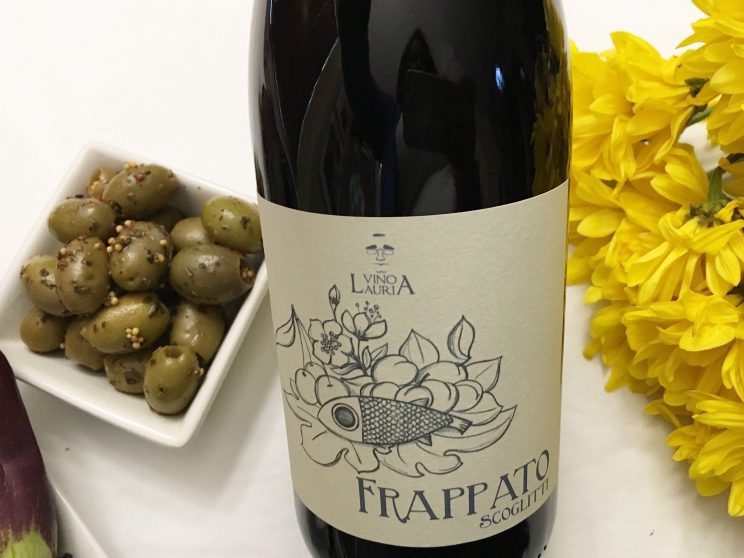 It was extremely light and pale in color and would pair well with a pool, patio, cheese, and come friends. Just a fun, fruity wine. I actually chilled this one a bit more than normal given how light it was.
It was extremely light and pale in color and would pair well with a pool, patio, cheese, and come friends. Just a fun, fruity wine. I actually chilled this one a bit more than normal given how light it was.
Can’t wait to see what else I can discover from Sicily! To find out more, visit www.WinesofSicily.com.
*Disclaimer: The starred wines were provided to me as samples to review. All thoughts and opinions are my own. Because I ALWAYS have an opinion.

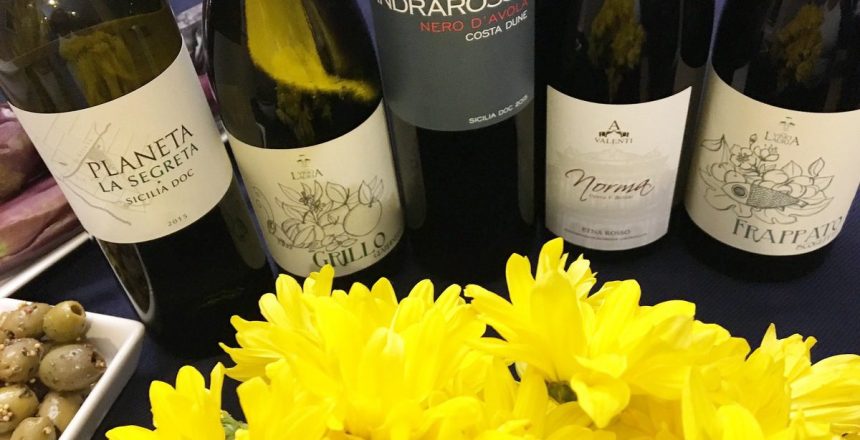
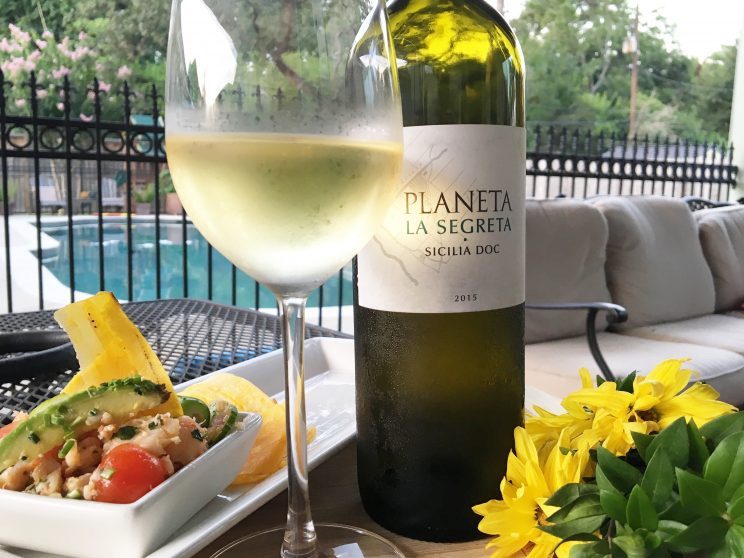
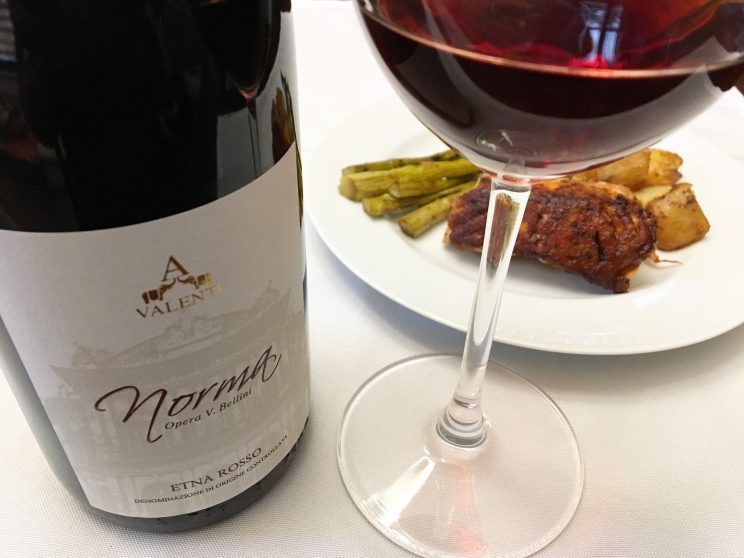


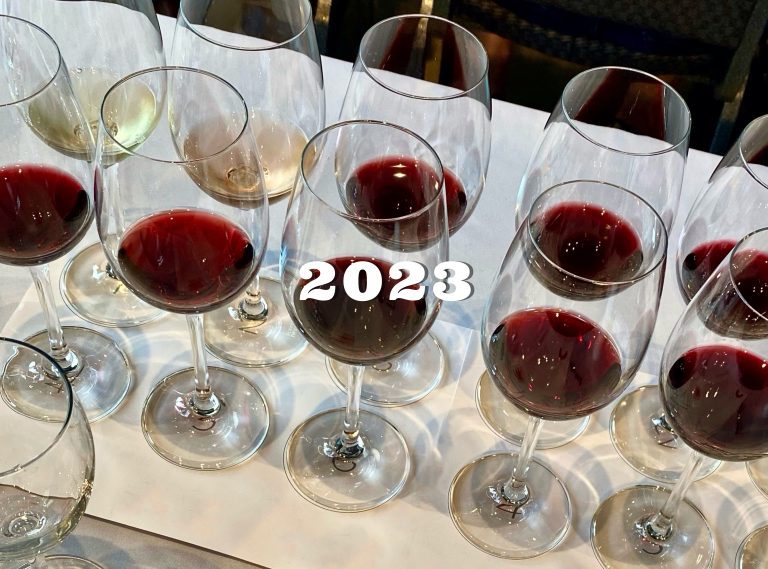

No Comments